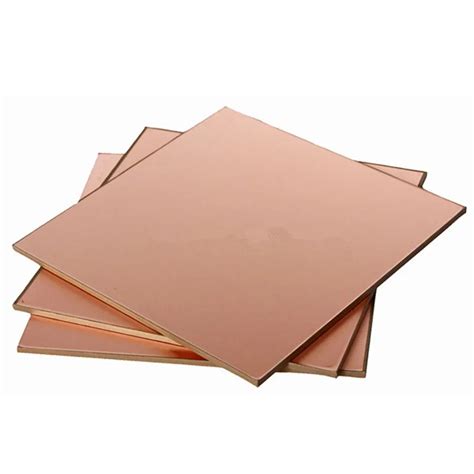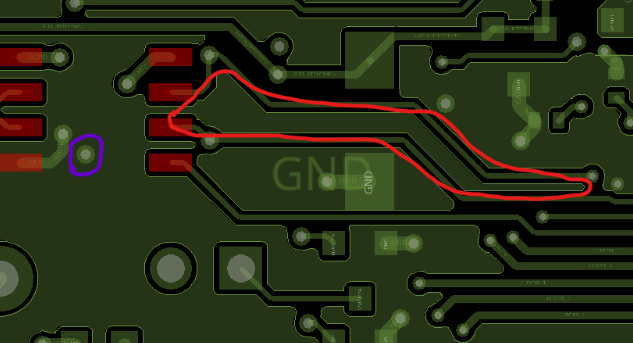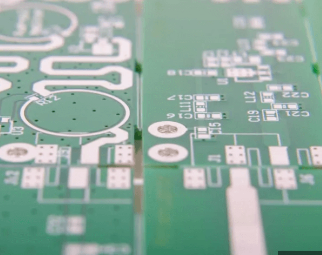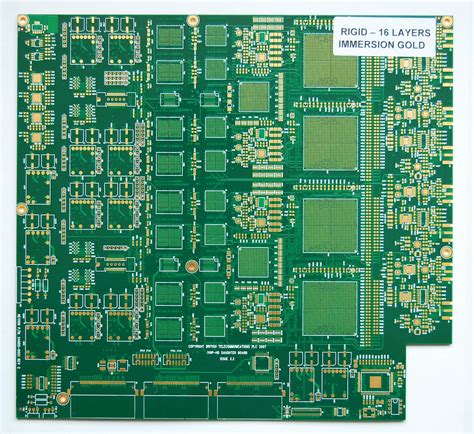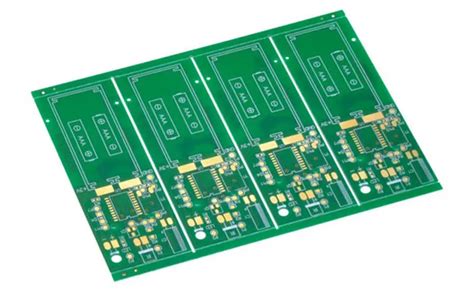Cloud 9 pcb
Understanding The Basics Of Cloud 9 PCB Design
Cloud 9 PCB design represents a significant advancement in the field of printed circuit board technology, offering a streamlined approach to creating complex electronic circuits. As the demand for more sophisticated electronic devices continues to grow, the need for efficient and reliable PCB design becomes increasingly critical. Understanding the basics of Cloud 9 PCB design involves exploring its core principles, benefits, and the technological innovations that set it apart from traditional methods.
At its core, Cloud 9 PCB design leverages cloud-based platforms to facilitate the design and development of printed circuit boards.
This approach allows designers to access powerful tools and resources without the need for extensive local hardware or software installations. By utilizing cloud technology, designers can collaborate in real-time, share resources, and access a vast library of components and design templates. This not only enhances the efficiency of the design process but also reduces the time and cost associated with traditional PCB design methods.
One of the primary benefits of Cloud 9 PCB design is its ability to support collaborative efforts among design teams.
In a traditional setting, PCB design often requires multiple iterations and extensive communication between team members, which can lead to delays and increased costs. However, with Cloud 9, team members can work simultaneously on a project, making real-time adjustments and updates. This collaborative environment fosters innovation and allows for more rapid prototyping and testing, ultimately leading to a more refined final product.
Moreover, Cloud 9 PCB design offers enhanced scalability, which is particularly beneficial for projects that require frequent updates or modifications.
Traditional PCB design tools can be limited by the capacity of local hardware, but cloud-based solutions provide virtually unlimited resources. This scalability ensures that designers can handle projects of varying sizes and complexities without being constrained by hardware limitations. As a result, Cloud 9 PCB design is well-suited for both small-scale projects and large, intricate designs that demand significant computational power.
In addition to collaboration and scalability, Cloud 9 PCB design also emphasizes accessibility.
By operating on a cloud platform, designers can access their projects from anywhere with an internet connection. This flexibility is invaluable in today’s globalized world, where design teams may be spread across different geographical locations. The ability to work remotely not only enhances productivity but also allows companies to tap into a diverse pool of talent, regardless of physical location.
Furthermore, Cloud 9 PCB design incorporates advanced simulation and testing tools that enable designers to identify and address potential issues early in the design process.
These tools provide detailed insights into the performance and reliability of a circuit, allowing for more informed decision-making. By identifying potential problems before physical prototypes are created, designers can save both time and resources, leading to a more efficient development cycle.
In conclusion, Cloud 9 PCB design represents a transformative approach to printed circuit board development, offering numerous advantages over traditional methods. By leveraging cloud technology, it facilitates collaboration, enhances scalability, and improves accessibility, all while providing advanced tools for simulation and testing. As the electronics industry continues to evolve, Cloud 9 PCB design is poised to play a crucial role in meeting the demands of increasingly complex and innovative electronic devices. Understanding its basics is essential for anyone involved in the design and development of modern electronic circuits.

Top Features Of Cloud 9 PCB Software
Cloud 9 PCB software has emerged as a leading tool in the realm of printed circuit board design, offering a suite of features that cater to both novice designers and seasoned professionals. One of the most notable aspects of Cloud 9 PCB is its user-friendly interface, which simplifies the design process without compromising on functionality. This intuitive interface allows users to easily navigate through various design stages, from schematic capture to layout design, ensuring a seamless workflow that enhances productivity.
Moreover, Cloud 9 PCB is equipped with a robust set of design tools that facilitate precision and accuracy.
The software supports multi-layer design, enabling users to create complex circuits with ease. This feature is particularly beneficial for advanced projects that require intricate designs, as it allows for the integration of multiple layers without the risk of errors. Additionally, the software includes a comprehensive library of components, which is regularly updated to include the latest parts and technologies. This extensive library not only saves time but also ensures that designers have access to the most current components available in the market.
Transitioning to another key feature, Cloud 9 PCB offers powerful simulation capabilities that allow designers to test their circuits before moving to the production phase.
This simulation feature is crucial as it helps identify potential issues early in the design process, thereby reducing the likelihood of costly errors. By simulating the circuit’s behavior under various conditions, designers can make informed decisions and optimize their designs for better performance and reliability.
Furthermore, Cloud 9 PCB provides excellent collaboration tools, which are essential in today’s interconnected world.
The software supports real-time collaboration, enabling multiple users to work on the same project simultaneously. This feature is particularly advantageous for teams spread across different locations, as it facilitates seamless communication and coordination. By allowing team members to share insights and feedback instantly, Cloud 9 PCB fosters a collaborative environment that enhances creativity and innovation.
In addition to its collaborative features, Cloud 9 PCB is also known for its integration capabilities.
The software can easily integrate with other design tools and platforms, providing a cohesive ecosystem for electronic design automation. This interoperability ensures that users can leverage the strengths of various tools, thereby streamlining the design process and improving overall efficiency.
Security is another critical aspect where Cloud 9 PCB excels. The software employs advanced security measures to protect sensitive design data, ensuring that intellectual property remains secure. With the increasing threat of cyberattacks, this focus on security provides peace of mind to users, allowing them to concentrate on their design work without worrying about data breaches.
Finally, Cloud 9 PCB offers excellent customer support, which is a testament to its commitment to user satisfaction.
The support team is readily available to assist with any queries or issues, providing timely and effective solutions. This level of support is invaluable, particularly for users who may encounter challenges during the design process.
In conclusion, Cloud 9 PCB software stands out as a comprehensive tool that combines ease of use with powerful features. Its user-friendly interface, precision design tools, simulation capabilities, collaboration features, integration options, robust security, and excellent customer support make it an ideal choice for anyone involved in PCB design. As technology continues to evolve, Cloud 9 PCB remains at the forefront, adapting to the changing needs of designers and setting new standards in the industry.
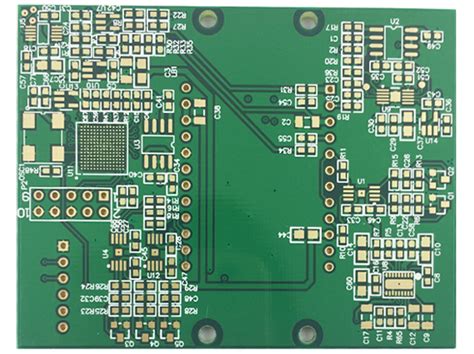
How Cloud 9 PCB Enhances Electronic Prototyping
Cloud 9 PCB has emerged as a pivotal player in the realm of electronic prototyping, offering a suite of services and technologies that significantly enhance the development process for engineers and designers. As the demand for more sophisticated and compact electronic devices grows, the need for efficient and reliable prototyping solutions becomes increasingly critical. Cloud 9 PCB addresses this need by providing a platform that streamlines the design, testing, and iteration phases of electronic product development.
One of the primary ways Cloud 9 PCB enhances electronic prototyping is through its advanced design tools.
These tools allow engineers to create intricate circuit designs with precision and ease. By leveraging state-of-the-art software, designers can simulate and visualize their circuits before moving to the physical prototyping stage. This capability not only reduces the likelihood of errors but also saves time and resources by identifying potential issues early in the design process. Furthermore, the platform’s user-friendly interface ensures that even those with limited experience in circuit design can navigate the tools effectively, thereby democratizing access to high-quality prototyping resources.
In addition to its design tools, Cloud 9 PCB offers rapid prototyping services that are crucial for keeping pace with the fast-moving electronics industry.
The ability to quickly produce physical prototypes allows engineers to test their designs in real-world conditions, providing invaluable insights into performance and functionality. This rapid turnaround is facilitated by Cloud 9 PCB’s cutting-edge manufacturing processes, which utilize automated systems to ensure precision and consistency in every prototype produced. As a result, designers can iterate on their designs swiftly, incorporating feedback and making necessary adjustments without significant delays.
Moreover, Cloud 9 PCB’s commitment to quality assurance further enhances the prototyping process.
Each prototype undergoes rigorous testing to ensure it meets the highest standards of performance and reliability. This meticulous attention to detail helps prevent costly errors and rework, ultimately leading to a more efficient development cycle. By maintaining stringent quality control measures, Cloud 9 PCB instills confidence in its users, allowing them to focus on innovation rather than worrying about potential defects or malfunctions.
Another significant advantage offered by Cloud 9 PCB is its scalability.
Whether a project requires a single prototype or a small batch for initial testing, the platform can accommodate varying production needs. This flexibility is particularly beneficial for startups and small businesses that may not have the resources to invest in large-scale manufacturing. By providing scalable solutions, Cloud 9 PCB enables these companies to bring their ideas to market more quickly and cost-effectively.
Furthermore, Cloud 9 PCB fosters collaboration and knowledge sharing among its users.
The platform’s community features allow designers and engineers to connect, exchange ideas, and seek advice from peers and experts. This collaborative environment not only enhances individual projects but also contributes to the overall advancement of electronic prototyping technologies. By facilitating communication and cooperation, Cloud 9 PCB helps drive innovation and push the boundaries of what is possible in the field of electronics.
In conclusion, Cloud 9 PCB plays a crucial role in enhancing electronic prototyping by offering advanced design tools, rapid prototyping services, stringent quality assurance, scalability, and a collaborative community. These features collectively empower engineers and designers to develop innovative electronic products more efficiently and effectively, ultimately contributing to the ongoing evolution of the electronics industry. As technology continues to advance, platforms like Cloud 9 PCB will remain essential in supporting the creation of the next generation of electronic devices.
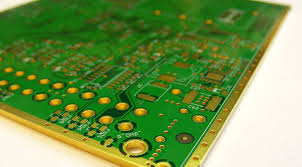
Comparing Cloud 9 PCB With Other PCB Design Tools
In the rapidly evolving world of electronics, printed circuit board (PCB) design tools play a crucial role in transforming innovative ideas into functional products. Among the myriad of options available, Cloud 9 PCB has emerged as a noteworthy contender, offering unique features that set it apart from other PCB design tools. To understand its position in the market, it is essential to compare Cloud 9 PCB with other popular design tools, examining their capabilities, user interfaces, and overall efficiency.
Cloud 9 PCB distinguishes itself primarily through its cloud-based platform, which offers significant advantages over traditional, locally-installed software.
This cloud-based approach facilitates seamless collaboration among team members, regardless of their geographical locations. Unlike traditional tools that require manual file sharing and version control, Cloud 9 PCB allows multiple users to work on the same project simultaneously, ensuring that everyone is always on the same page. This feature is particularly beneficial for large teams or projects that require input from various stakeholders, as it streamlines the design process and reduces the likelihood of errors.
In contrast, many other PCB design tools, such as Altium Designer and Eagle, are primarily desktop-based.
While these tools are renowned for their robust feature sets and powerful design capabilities, they often require significant computational resources and can be cumbersome to update and maintain. Moreover, the need for local installation can limit accessibility, particularly for remote teams or individuals who frequently switch between different devices. Although some of these tools have introduced cloud-based features, they often lack the full integration and real-time collaboration capabilities that Cloud 9 PCB offers.
Another aspect where Cloud 9 PCB excels is its user-friendly interface.
Designed with both novice and experienced users in mind, the platform offers an intuitive layout that simplifies the design process. The learning curve is relatively gentle, allowing new users to quickly become proficient without extensive training. In comparison, tools like KiCad and OrCAD, while powerful, can be intimidating for beginners due to their complex interfaces and extensive feature sets. These tools often require a significant investment of time to master, which can be a barrier for smaller teams or individual designers who need to produce results quickly.
Furthermore, Cloud 9 PCB’s pricing model is another factor that makes it appealing, especially for startups and small businesses.
By offering a subscription-based model, it provides flexibility and scalability, allowing users to pay for only what they need. This contrasts with the often hefty upfront costs associated with purchasing licenses for traditional PCB design software. For companies with fluctuating project demands, the ability to adjust subscription levels as needed can result in significant cost savings.
However, it is important to acknowledge that while Cloud 9 PCB offers numerous advantages, it may not be the ideal solution for every situation.
For instance, highly specialized projects that require advanced features or customizations might benefit more from the comprehensive toolsets offered by established players like Altium or OrCAD. Additionally, organizations with strict data security requirements may prefer on-premises solutions to maintain complete control over their design files.
In conclusion, Cloud 9 PCB presents a compelling alternative to traditional PCB design tools, particularly for teams seeking enhanced collaboration, ease of use, and cost-effective solutions. While it may not replace all existing tools, its cloud-based platform and user-centric design make it a valuable addition to the toolkit of modern electronics designers. As the industry continues to evolve, the flexibility and accessibility offered by Cloud 9 PCB are likely to become increasingly important factors in the selection of PCB design tools.

